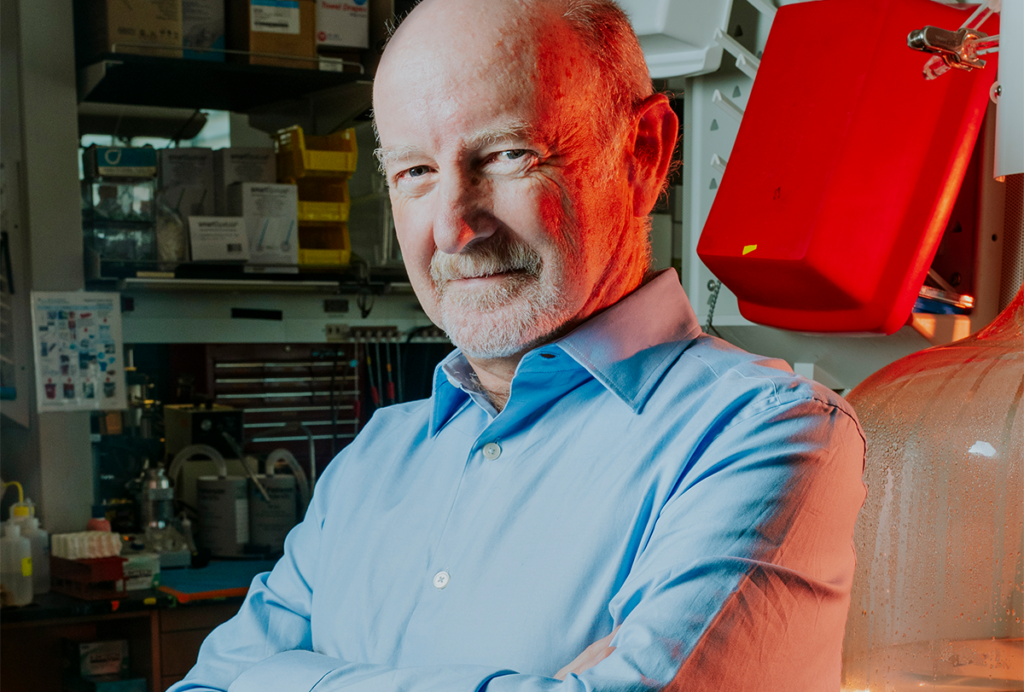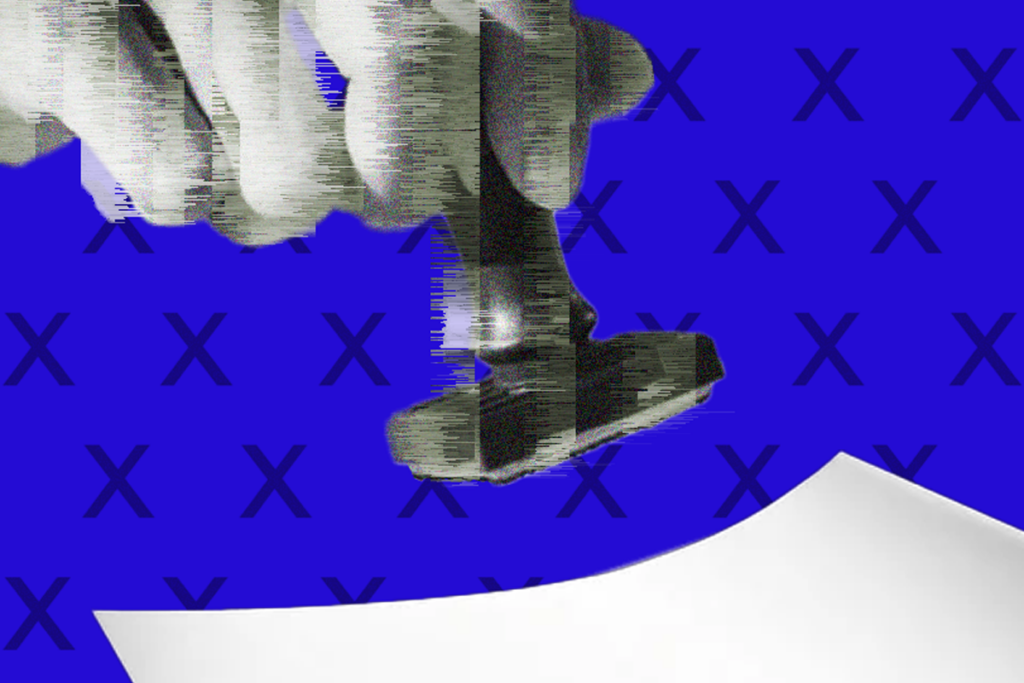Aravinda Chakravarti: Not everything we do is biology
Stylianos Antonarakis still vividly remembers the thorny statistical problem that had vexed him for several months in 1982. Antonarakis, then a postdoctoral fellow at Johns Hopkins University, had turned to his colleagues at Hopkins, but none of them had been able to solve the problem.
Stylianos Antonarakis still vividly remembers the thorny statistical problem that had vexed him for several months in 1982. Antonarakis, then a postdoctoral fellow at Johns Hopkins University, had turned to his colleagues at Hopkins, but none of them had been able to solve the problem.
On a colleague’s recommendation, Antonarakis eventually contacted a little-known junior professor at the University of Pittsburgh by the name of Aravinda Chakravarti. Just one week later, pages and pages of complex mathematical formulas in meticulous, neatly rounded handwriting came in over Antonarakis’s fax machine.
And then came the graph.
“The graph was brilliant,” says Antonarkis, now the chairman of genetic medicine at the University of Geneva. “In one moment looking at it, I saw immediately, as did everybody I showed it to, what the solution to the problem was.”
The anecdote is typical of the lore that Chakravarti admirers love to dish, whether they’re describing his original papers or the precise mind reflected in the books neatly organized by height in his office.
For more than 30 years, the Calcutta native with a penchant for Fellini and Bergman films has applied his extraordinary mathematical skills to a maddeningly complex question: how do multiple genes interact with each other and the environment to cause diseases ranging from heart disease to autism?
Long before the Human Genome Project began, before microarrays and SNPs became the trendy tools of genetics, he foresaw the spectrum of approaches that would be required to unravel complex diseases and pushed to get them into practice. “In everything he has done, he has not been a follower, he has been a leader,” says Francis Collins, director of the US National Human Genome Research Institute and a longtime Chakravarti collaborator. In October, the Institute of Medicine agreed and elected Chakravarti to its elite ranks.
Soup to nuts
As head of the Center for Complex Disease Genomics at the Johns Hopkins Institute of Genetic Medicine, Chakravarti is as much at ease generating sequence data in the lab, poring over the reams of disease data that match it or collecting DNA samples from the Mennonites of southeastern Pennsylvania where, in the 1990s, he did groundbreaking work teasing out the genetics of a rare intestinal disorder called Hirschsprung’s disease.
“He has this remarkable breadth of capabilities,” says Collins. “Aravinda is one of the few investigators who is capable of going from soup to nuts in an analysis of a very complex dataset that includes information about clinical findings and lots and lots of DNA data.”
Chakravarti is also an avid technophile. “Some investigators say, ‘Aargh, a new technology’,” says George Ehret, a a postdoc in Chakravarti’s lab. “[But] he is so excited about everything new, his eyes glow.”
Chakravarti’s latest focus is on unraveling the murky genetic underpinnings of autism, the early-life onset of which ― combined with the abundance of samples from willing patients and their families ― makes it more tractable than later onset diseases such as schizophrenia. In August 2006, in collaboration with Mark Daly of the Broad Institute in Cambridge, he launched the largest-ever study to find single-letter variations in DNA among 4,250 individuals with autism and members of their families.
This October, the researchers made the raw results from that study freely available to others. Chakravarti’s team has already fingered one strikingly common, single-letter variation in a culprit gene called CNTNAP2 ― for Contactin Associated Protein Type 2 ― a protein known to affect only a certain class of neurons at the synapse. That work will be published in the January issue of the American Journal of Human Genetics.
Two other groups, led by Matthew State at Yale University and Daniel Geschwind at the University of California, Los Angeles, have tracked down the same culprit gene ― although they have discovered other mutations ― and are also set to publish in the same issue of that journal.
This summer, Chakravarti won a three-year SFARI grant from the Simons Foundation to pinpoint precisely which changes in the gene contribute to the disease, and just how they do their damage. “Autism is just ripe for genetic study,” Chakravarti says.
Chakravarti’s bent for the statistical side of biology was evident even in his days as an undergraduate at the venerable Indian Statistical Institute in Calcutta. There he found inspiration in reading The Double Helix and Erwin Schrödinger’s 1944 book, What is Life?, which was the first to suggest that a complicated, as-yet-undiscovered molecule might contain the genetic code for living organisms.
“Biology never interested me before [then], because it was ― and really still is in many ways ― very descriptive,” says Chakravarti. But those books opened his teenaged eyes to biology’s quantitative possibilities. He realized, he recalls, that geneticists “could find out rules and laws that the rest of biology didn’t seem to have.”
Beyond biology
After completing his Ph.D. in human genetics at the University of Texas Health Sciences Center in Houston, Chakravarti spent several years at the University of Pittsburgh and at Case Western Reserve University before joining the Institute for Genetic Medicine in 2000.
By then, he had helped find the famous deletion mutation implicated in cystic fibrosis1, played a key role in laying the intellectual foundation for the HapMap2 and had not only mapped the major genes and the key variations involved in Hirschsprung’s disease3, but developed an algorithm for unraveling multigenic diseases4.
Along the way, he found time to meet his wife Shukti, now an associate professor of cell and molecular medicine at Johns Hopkins. The couple has two teenage daughters. He is also an accomplished chef and has published a cookbook called Not everything we eat is curry.
Chakravarti has also made time to be a generous mentor to dozens of students and postdocs. While working on his project in Pennsylvania, for example, he had Stacey Gabriel, then a college Senior, helping him draw blood for his studies with the Mennonites. “Aravinda wanted to include me in the actual research, he found time to bring me into his office and talk to me about it,” Gabriel recalls.
Gabriel went on to complete a Ph.D. in human genetics in Chakravarti’s lab and now directs genetic analysis at the Broad Institute, one of the highest-profile genetics institutes in the world. “For Aravinda, genetics is a means to an end,” says Gabriel. “He’s definitely someone who wants to take all [the] next steps, not just move on to the next thing.”
For the immediate future, those next steps for Chakravarti include delving deeper into CNTNAP2 and generating testable hypotheses about how malfunctions in the gene might lead to autism. He also plans to continue the search for other culprit genes in the trove of data that he and Daly have generated. “We have one gene, we’re going to have a few more genes over the next year as we look at this data in greater detail,” he says. “It’s no longer: ‘there are genes for autism’, but ‘this is a gene for autism.”
References:
Recommended reading

PTEN problems underscore autism connection to excess brain fluid

Autism traits, mental health conditions interact in sex-dependent ways in early development

New tool may help untangle downstream effects of autism-linked genes
Explore more from The Transmitter

Newly awarded NIH grants for neuroscience lag 77 percent behind previous nine-year average

